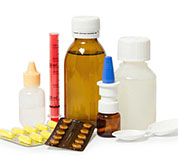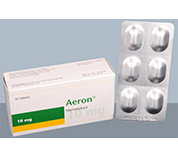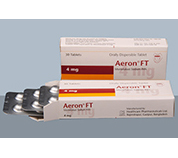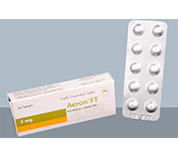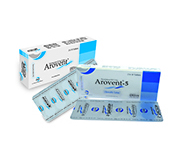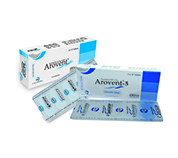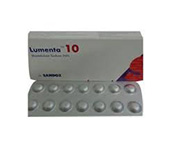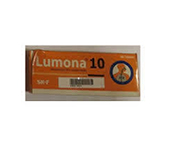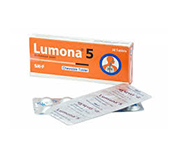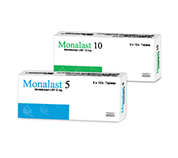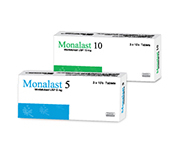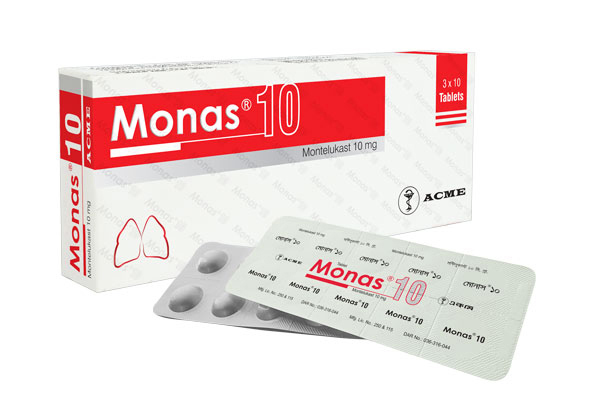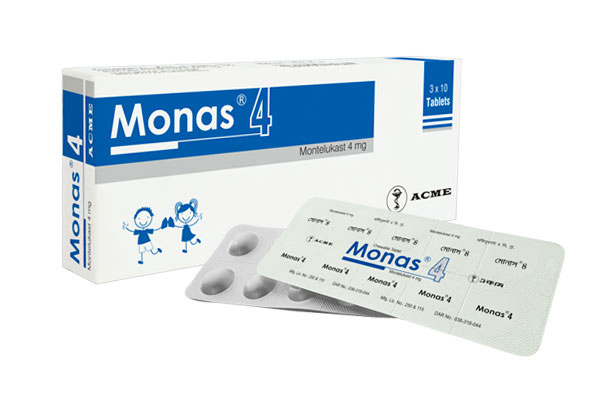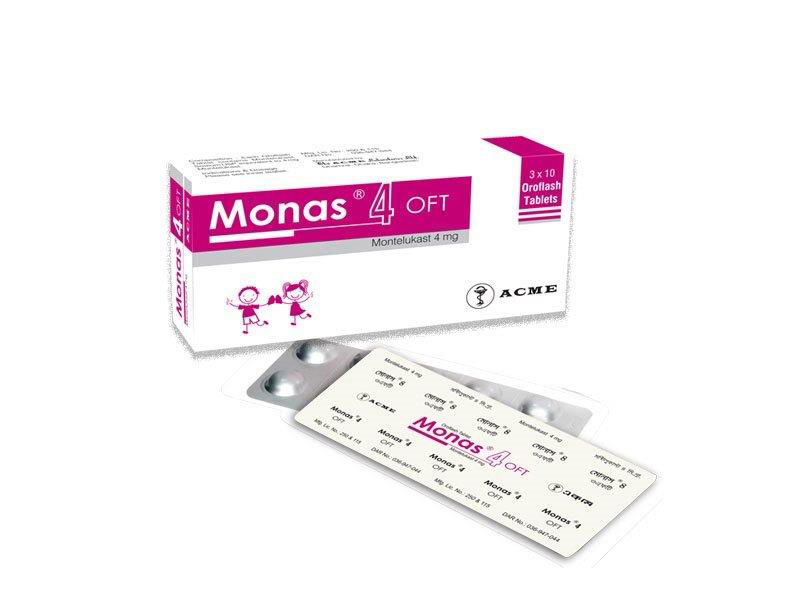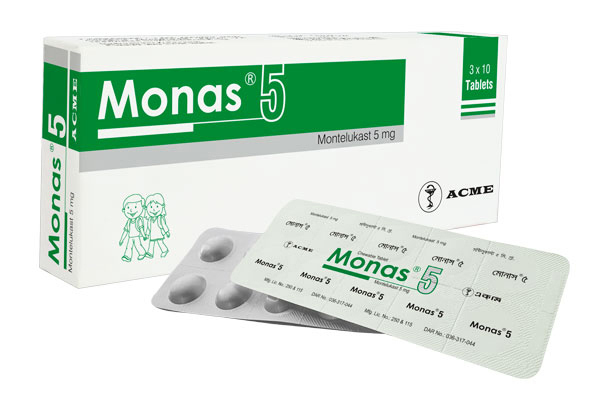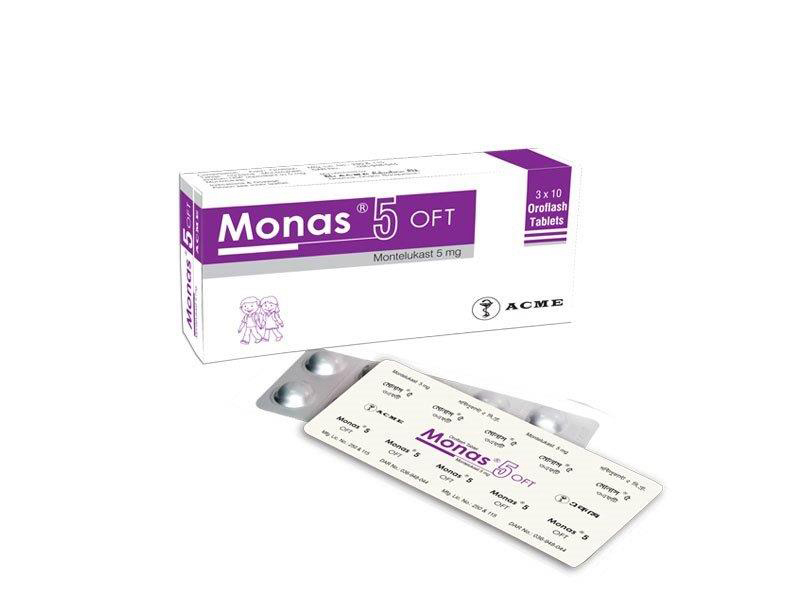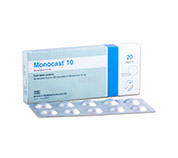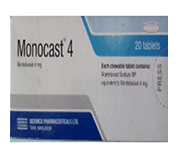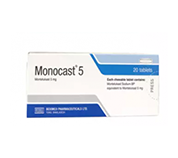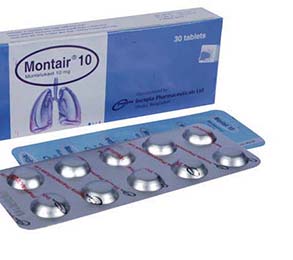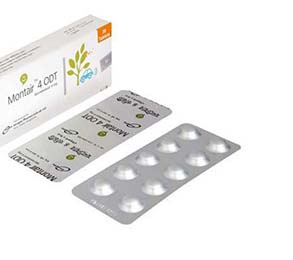Optabac Drop 0.005 1 Pc
Alternative products
Chloramphenicol
Indications
Chloramphenicol is an antibiotic that is clinically useful for, and should be reserved for, serious infections caused by organisms susceptible to its antimicrobial effects when less potentially hazardous therapeutic agents are ineffective or contraindicated. However, chloramphenicol may be chosen to initiate antibiotic therapy on the clinical impression that one of the conditions below is believed to be present. In vitro sensitivity tests should be performed concurrently so that the drug may be discontinued as soon as possible if less potentially dangerous agents are indicated by such tests. The decision to continue use of chloramphenicol, rather than another antibiotic when both are suggested by in vitro studies to be effective against a specific pathogen, should be based upon severity of the infection, susceptibility of the pathogen to the various antimicrobial drugs, and the efficacy of the various drugs in the infection
Therapeutic Class
Macrolides
Pharmacology
In vitro, chloramphenicol exerts mainly a bacteriostatic effect on a wide range of Gram-negative and Gram positive bacteria and is active against rickettsiae, the lymphogranuloma-psittacosis group and Vibrio cholerae. It is particularly active against Salmonella typhi and Haemophilus influenzae. The mode of actions is through interference or inhibition of protein synthesis in intact cells and cell-free systems. Antagonism has been demonstrated in vitro between chloramphenicol, erythromycin, clindamycin and lincomycin. Chloramphenicol is rapidly absorbed from the GI tract. Chloramphenicol palmitate is hydrolyzed in the GI tract and is absorbed as free chloramphenicol.
Following oral administration of a single one gram dose of chloramphenicol base to healthy adults, average peak plasma chloramphenicol concentrations of about 11 mcg/ml were attained with 1-3 hours. Cumulative dosing gave a peak of 18 mcg/ml after the fifth dose of one gram, every 6 hours. Mean serum levels were 8-14 mcg/ml over a 48 hour period.
Most of the drug is excreted in the urine. Despite the small proportion of unchanged drug excreted in the urine, the concentration of free chloramphenicol in the urine is relatively high. From 8% to 12% of the antibiotic is excreted as free chloramphenicol. The remainder is excreted as inert metabolites, mainly glucuronate. Small amounts of active drug are found in bile and feces. Chloramphenicol diffuses rapidly, but its distribution is not uniform. Highest concentrations are found in liver and kidney, and lowest concentrations are found in brain and cerebrospinal fluid (CSF). Chloramphenicol enters CSF even in the absence of meningeal inflammation, appearing in concentrations about half of those found in the blood.
Dosage & Administration
Chloramphenicol, like other potent drugs, should be prescribed at recommended doses known to have therapeutic activity. Inhibition of the majority of sensitive organisms may be expected at concentrations of 5 to 20 mcg/ml. The desired concentration of active drug in serum should fall within this range over most of the treatment period. Dosage of 50 mg/kg/day divided into 4 doses at intervals of 6 hours will usually achieve and sustain levels of this order.
Except in certain circumstances (e.g. premature infants and neonates and individuals with hepatic or renal impairment) lower doses may not achieve these concentrations. Close observation of the patient should be maintained and in the event of any adverse reactions, dosage should be reduced or the drug discontinued, if other factors in the clinical situation permit.
Adults: should receive 50 mg/kg/day in divided doses [approximately one 250 mg capsule per each 4.5 kg (10 lbs) of body weight or one 500 mg capsule per each 9 kg (20 lbs) of body weight] in divided doses at 6 hour intervals. In exceptional cases, patients with infections due to moderately resistant organisms may require increased dosage up to 100 mg/kg/day to achieve serum levels inhibiting the pathogen, but these high doses should be decreased as soon as possible.
Adults with impairment of hepatic or renal function, or both, may have reduced ability to metabolize and excrete the drug. In instances of impaired metabolic processes, dosages should be adjusted accordingly.
Pediatric patients: Dosage of 50 mg/kg/day divided at 6 hour intervals is effective against most susceptible organisms. Severe infections (eg., bacteremia or meningitis), especially when adequate cerebrospinal fluid concentrations are desired, may require dosage up to 100 mg/kg/day; however, it is recommended that dosage be reduced to 50 mg/kg/day as soon as possible. Children with impaired hepatic or renal function may retain excessive amounts of the drug.
Newborn infants: A total of 25 mg/kg/day in 4 equal doses at 6-hour intervals usually produces and maintains concentrations in serum and tissues adequate to control most infections for which the drug is indicated.
* চিকিৎসকের পরামর্শ মোতাবেক ঔষধ সেবন করুন'
Interaction
Chloramphenicol has been shown to retard the biotransformation of tolbutamide, phenytoin, and dicoumarol in man. Chloramphenicol should be used with caution if administered concomitantly with lincomycin, clindamycin, or erythromycin. In vitro experiments have demonstrated that binding sites for erythromycin, lincomycin, clindamycin and chloramphenicol overlap and competitive inhibition may occur. Rifampin therapy can reduce Chloramphenicol concentrations.
Contraindications
Chloramphenicol is contraindicated in individuals with a history of hypersensitivity and/or toxic reaction to the product or its components. It must not be used in the treatment of trivial infections or where it is not indicated, as in colds, viral influenza, infections of the throat or as a prophylactic agent to prevent bacterial infections.
Precautions & Warnings
It is essential that adequate hematologic functions be closely monitored during treatment with the drug. While hematologic determinations may detect early peripheral hematologic changes, such as leukopenia, reticulocytopenia, or granulocytopenia, before they become irreversible, such determinations cannot be relied on to detect bone marrow depression prior to development of aplastic anemia
Overdose Effects
Levels exceeding 25 mcg/ml are frequently considered toxic. Chloramphenicol toxicity can be evidenced by serious hemopoietic effects such as aplastic anemia, thrombocytopenia, leukopenia, as well as increasing serum iron levels, nausea, vomiting and diarrhea. In the case of serious overdosage, charcoal hemoperfusion may be effective in removing chloramphenicol from plasma. Exchange transfusion is of questionable value following massive overdosage, especially in neonates and infants.
Storage Conditions
Store in a cool dry place. Keep bottle securely closed. Protect from light.
- Type Drop
- Tag
- Morbi leo risus
- Porta ac consectetur ac
- Vestibulum at eros



